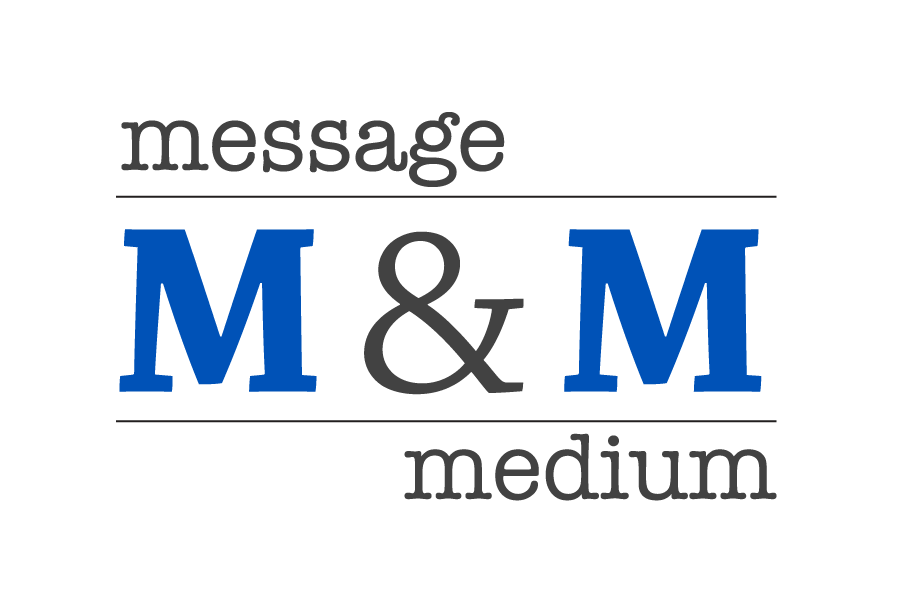MassTLC unConference 2014, Session 1 10:30-11:30
“Moving From Free to Paid Apps and Products”
Free downloads and “freemium” product models are an established fact of business. While “free-ness” is helpful for building audience and awareness, there may be a time when a company seeks to convert its customers to a paid product. The session members sorted the myriad problems in doing so and came up with several points to consider and potential solutions for entrepreneurs who are considering the move from free to paid.
· Consider whether you actually have one product or two. Do you want customers to pay for significantly added functionality or do you have an entirely different second product that you‘d like to sell into your base?
· Use data you’ve collect from your free product to create your paid product
· Use a free web app as the vehicle to your paid app. Especially helpful in B2B settings.
· Focus on your value proposition and build truly valuable added functionality into your paid offering. Be rigorous in your self-examination here.
· Use a variety of levers to unlock paid functionality. To trigger price increases, a B2B company may use levers like numbers of users with a company, size of projects under management or amount of data stored or transferred.
· Offer a time-limited sneak peak of paid features for your free product customers and a discount for fast conversion.
· Make sure you know the difference between your end-user and the entity that is actually paying for the product. The needs and price sensitivity may be different.
· Make your existing customers your sales force, as Facebook has done. Equip them with invitations and incent them to work their networks on your behalf.
· Test various pricing models on portions of your audience to get real data.
· Stay close to your customers at all times, not just during product development. Find multiple avenues to communicate with them consistently in a non-sales manner. Messaging here can vary but the point is to keep them close so you can show them the value of a paid relationship with your company.
· Insight Venture Partners’ report on free-to-paid metrics and digital marketing was mentioned an an excellent resource.


